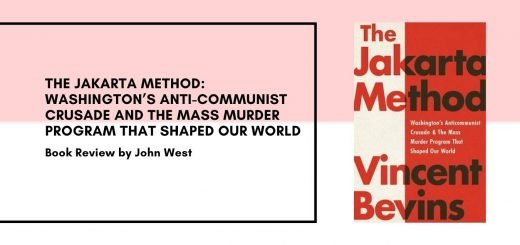Book Review: Perception and misperception in International Politics
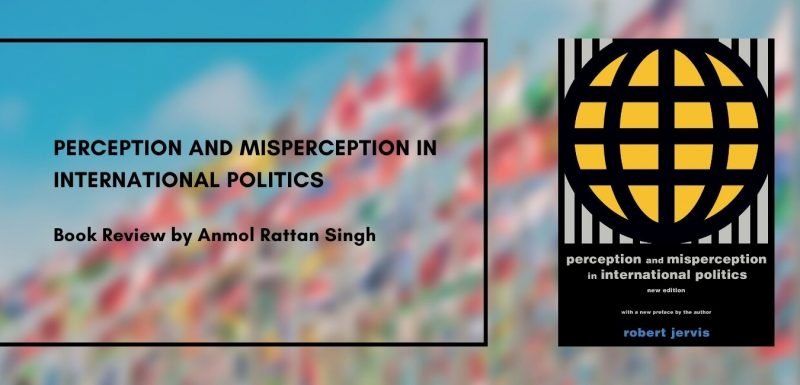
Robert Jervis is the Adlai E. Stevenson Professor of International Affairs at Columbia University and has been a member of the faculty since 1980. Jervis was the recipient of the 1990 University of Louisville Grawemeyer Award for ‘Ideas Improving World Order’. In 2006 he was also awarded the NAS Award for Behaviour Research Relevant to the Prevention of Nuclear War from the National Academy of Sciences. While his book ‘Perception and Misperception in International Politics’ cherishes the most renowned status, his volume ‘System Effects: Complexities in Political and Social Life’ established him as a social scientist and an expert in International Politics. He was also the President of the American Political Science Association in 2001.
Political psychology, at least as it deals with international politics, tends to be normatively inflected and reformist. Like the social psychology of the 1930s in which it has its roots, the objective, to slightly alter Marx’s phrase, is not only to understand the word but to change it
– Robert Jervis
The field of International Relations (IR) relies heavily on broad foundational and structural theories, in which the role and behaviour of individuals are generally considered to be a constant pre-defined factor. On the other hand, the field of political psychology has an actor-centric perspective that offers a distinct – micro foundational, behavioural, belief and personality led outlook to the study of IR and Foreign Policy. Whereas, much of the IR theory situates aggregate entities as single ‘actors’ and attributes to them, properties such as rationality, interests, identities and beliefs. Psychology IR with its focus on the characteristics of human psychology retains the single actor assumption but diverges from conventional IR with respect to the kind of properties which are ascribed to aggregates. In this manner, models of interstate bargaining, conflict, deterrence and crisis dynamics have been refined through behavioural challenges to the allegedly reductionist psychological assumptions of conventional theories. [1]This is where one can fit this ground-breaking study of Robert Jervis which applies psychology to the study of international relations and represents an important alternative to the structural IR theories who came to dominate political science with their focus on the nature of the international system rather than the nature of the human beings who make up the system and most importantly, who make the decisions that run the system.
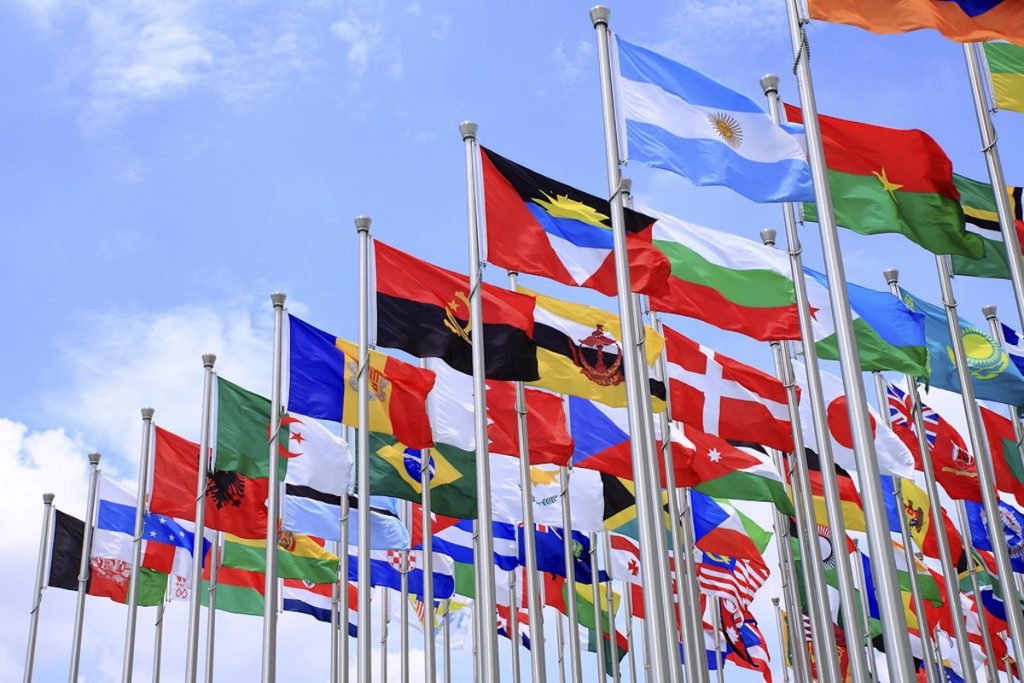
‘Perception and Misperception in International Politics: New Edition’ is an application of cognitive psychology on political decision-making through historical examples and patterns. The premise of the book lies in Jervis ’straightforward observation that “the broadest justification for looking at how leaders perceive, judge and choose is that international politics depends on national actions, even if the international results are not the simple sum of how each country behaves” (Perception, xvii). Examining a compendium of behavioural synergies like ‘question of how decision-makers from states perceive others, what the most common sources of error are, and how belief systems influence inferences’ Jervis picks up where Allison and Kahneman left off, expanding on the idea that the world is a complicated place and that our brains cope with it through perceptions and analogies. He also examines the ways systematic and predictable biases in the human decision-making apparatus could influence leaders and enlighten our understanding of international relations through perceptions that can make a state appear ‘menacing or reassuring, weak or strong, steadfast or changeable’[2].
The book has an overarching focus on two pillars: first, the process of perception, for example how decision-makers learn from history and second, the common forms of misperception, such as overestimating one’s influence on other decision-makers. Although Perception and Misperception draws upon and contributes to political psychology it is devoted to discussing the level-of-analysis question, the question of whether the main determinants of the state’s policy lie in the realm of decision-making, bureaucratic politics, domestic politics, or the structure of the international system and the behaviour of others within it. Assessing from the fact that most IR scholars have ignored the general question of how states perceived each other despite a concentration on issues of national security, along with more specific topics like when and why threats are perceived. This book emerges as a seminal work in studying these issues. For this reason, Jervis’s work has enormous appeal for two very important audiences: the diplomatic historian and the diplomatic practitioner whom the historian’s study.
Jervis has been a theorist in the mainstream political science tradition for a long time. His way of generating deductive reasoning theories about how states must respond to technological and organizational changes in international security affairs is evident in some of his most famous works, including “Cooperation Under the Security Dilemma” and “The Meaning of the Nuclear Revolution”[3]. But in his book, he in contrast to the structural theorists emphasizes the role of the individual in the study of international relations. Also, in contrast with the game theoreticians like Thomas Schelling, Jervis argues that the person who makes the decisions is not just a generic ‘rational’ actor, but an individual located in a particular spatial setting, whose understanding of her world and the motivations and intentions of others are shaped by history, culture, class and upbringing. Therefore, his real rebellion against mainstream political science is his insistence that decision-makers, at the end of the day, are human: they suffer from cognitive limitations, biases, and personality quirks. Individual characteristics frequently render them unsuitable as subjects for deductively derived, structural explanations of how rational actors should interact in the face of objective changes in the operating environment in which they operate.
One peculiar aspect of the book is the authors take on the depth of Deterrence theory and Spiral theory. As someone who has used Thomas Schelling’s Strategy of Conflict and Glen Snyder’s Deterrence and Défense as tools throughout his career. Jervis seems quite satisfied with his conclusion that deterrence theory has been largely coloured by assumption rather than demonstration. Jervis illustrates the power of Schelling’s insight on why policymakers might rationally refuse to make even modest concessions by drawing not just on the familiar stories of Munich, the Cuban Missile Crisis, and Vietnam, but on the British decision not to offer Vichy France a conciliatory proposal before attacking its fleet in Oran harbour and on Japan snubbing British calls for mediation in the Russo-Japanese War. Even though it is a common understanding in IR that successful deterrence requires not only credible threats of punishment if proscribed behaviour is adopted; but also, credible assurances that the punishment will be withheld if the perceived status quo is preserved. There is always tension between these two equally important missions in coercive diplomacy, and that tension is captured by the concept of the security dilemma. Deterrence can thus be misinterpreted as fundamentally hostile and aggressive by another state, resulting in a paradox that makes both sides vulnerable. To understand successful and failed instances of deterrence, we need to comprehend not only the threatening and reassuring signals sent but how those signals are perceived by the target. In this particular qualitative research, Jervis has compelling instances.
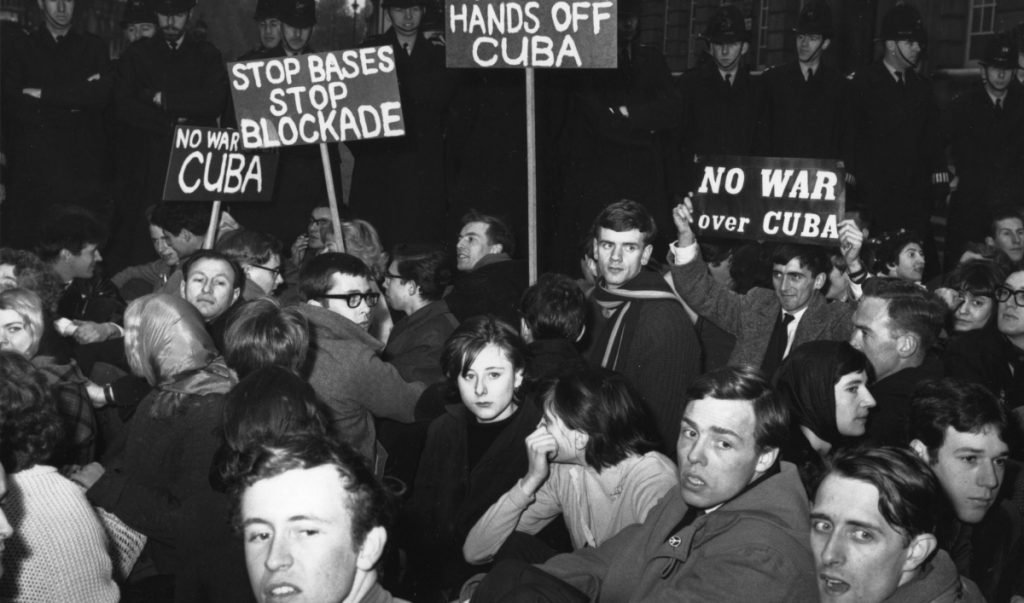
Furthermore, the book poses another critical question in front of the reader. Just as Schelling’s theories are broadly applicable but difficult to apply in every case, so is Tversky and Kahneman’s prospect theory which the book deals with thoroughly. Just as one can determine the perceived legitimate status quo in Schelling’s models only through careful empirical research into leaders’ psychology in every case, a lot needs to be explored about the psychology of individual actors in the political world to determine what they themselves would consider a gain from the perceived pre-crisis status quo and what they would consider a loss. Amid these cognitive consistencies and interactions, the book provides maximum value to the reader in learning how the value of trade-offs; the impact of evoked sets and cognitive dissonance shape the decision-maker’s choice and why different people in the same situation make different choices.
Although Jervis’s theoretical toolbox is much more useful to policymakers than most theories in international relations because contingency is built into his generalizable approaches, so there is plenty of room to allow for consideration of what policymakers know from experience to be important: individual leaders matter; context matters; diplomacy needs to be carefully crafted to demonstrate both resolve and restraint; and how the other side thinks about an international crisis or problem is as important, and sometimes more important than how one’s own side thinks about such issues. Jervis himself feels that his work overlaps the greatest with constructivism but is also not completely absent in Realism and Liberalism. This is because Realism accommodates a role for perceptual distortion by overperceiving and contextualizing decision-makers in international anarchy and a driving concern for security. And Liberalism sees major sources of the state’s foreign policy as emanating from the nature of its regime and domestic institutions which social psychology proves that fundamental ideas about politics that leaders have are largely formed domestically.
The book focuses on the continual problem of making decisions based on limited information. ‘Misperception’ as a term is then problematic. How can someone misinterpret a situation, and how can it be accurately measured? On this issue, Jervis’s approach not only helps us understand why policymakers do what they do but perhaps even more important, how to do a better. In the chapter “Minimizing Misperception.” Jervis argues that “although prescription is not the purpose of this book, “our analysis suggests a number of measures that would decrease misperception. If decision-makers become aware of perceptual errors, they may be able to avoid or compensate for them” Knowing the propensity for misperception thus helps the decision-maker to understand her/himself and the enemies, specifically playing devil’s advocate, exposing assumptions, and being aware of her/his misperceptions.
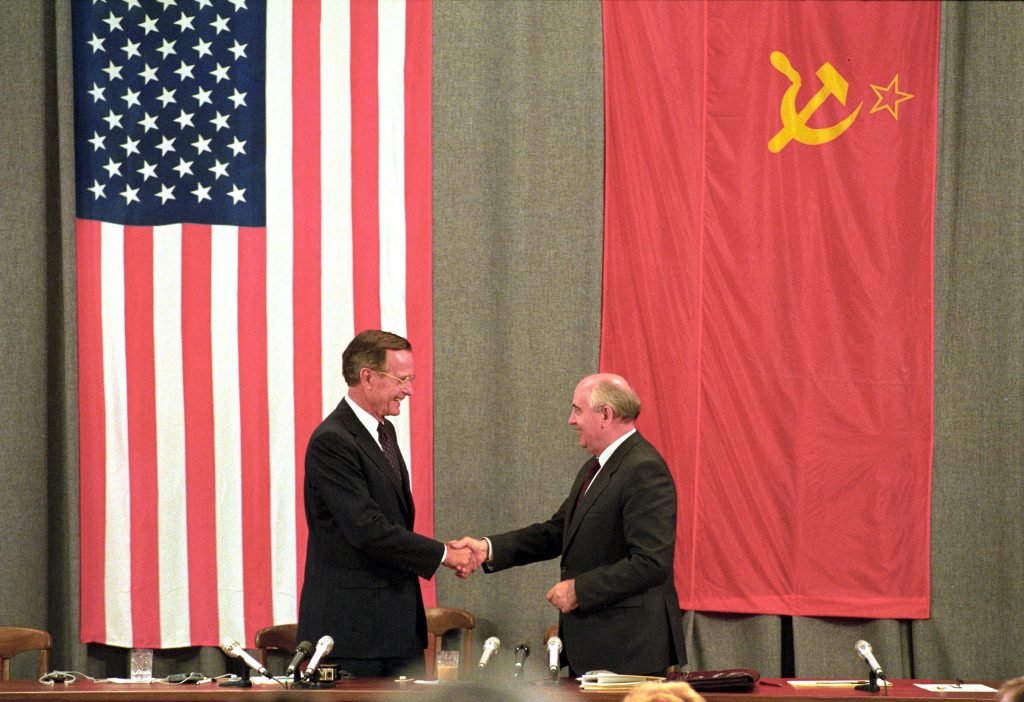
Even though the text is fundamental and essential to IR but levels of analysis issues are especially present in Jervis’s text. It is still extremely difficult to consider individual or domestic actors as a variable for an outcome. But if anything, the book identifies and again recognizes the individual (like the classical realists) as an important factor in IR. The use of psychological factors to substantiate claims makes the reader struggle even further to find quality cases for analysis and to look at Jervis’s chosen cases as examples of true misperception. Certainly, the individual is vital but their level of importance remains unknown.
Overall, it can be claimed that Jervis in his book seems interested in explaining how leaders actually behaved, rather than how they should have behaved according to a pure, context-free theoretical logic. Jervis is a master at demonstrating that while the theories themselves may be general, it takes a tremendous amount of detective work to apply them to real-world cases. To highlight the frugality of the elegant theories, we must delve into the specific mental makeup and conceptions of the leaders in question. By marrying the emerging insights from psychology with a deep knowledge of the history and practice of international relations (particularly the Cold War), Jervis has created a valuable perspective that made it possible to build a synthesis between the world of parsimonious theories and the complexity of historical inquiries. Indeed, his direct experience of the intelligence and policy community contributed to his understanding of how government works and the “necessary tensions between good intelligence and policymaking. Jervis’s life work is a testament to the importance of “bridging the gap” between academia and practice to both communities. It is no coincidence that Jervis is one of a small group of scholars regarded as the most influential by both policymakers and academics.
[1] “Psychology and aggregation in International Relations.”
[2] “Perception and Misperception in International Politics” https://cove.army.gov.au/article/book-review-perception-and-misperception-international-politics-new-edition.
[3] https://networks.h-net.org/node/28443/discussions/1000429/issf-roundtable-10-4-perception-and-misperception-international




